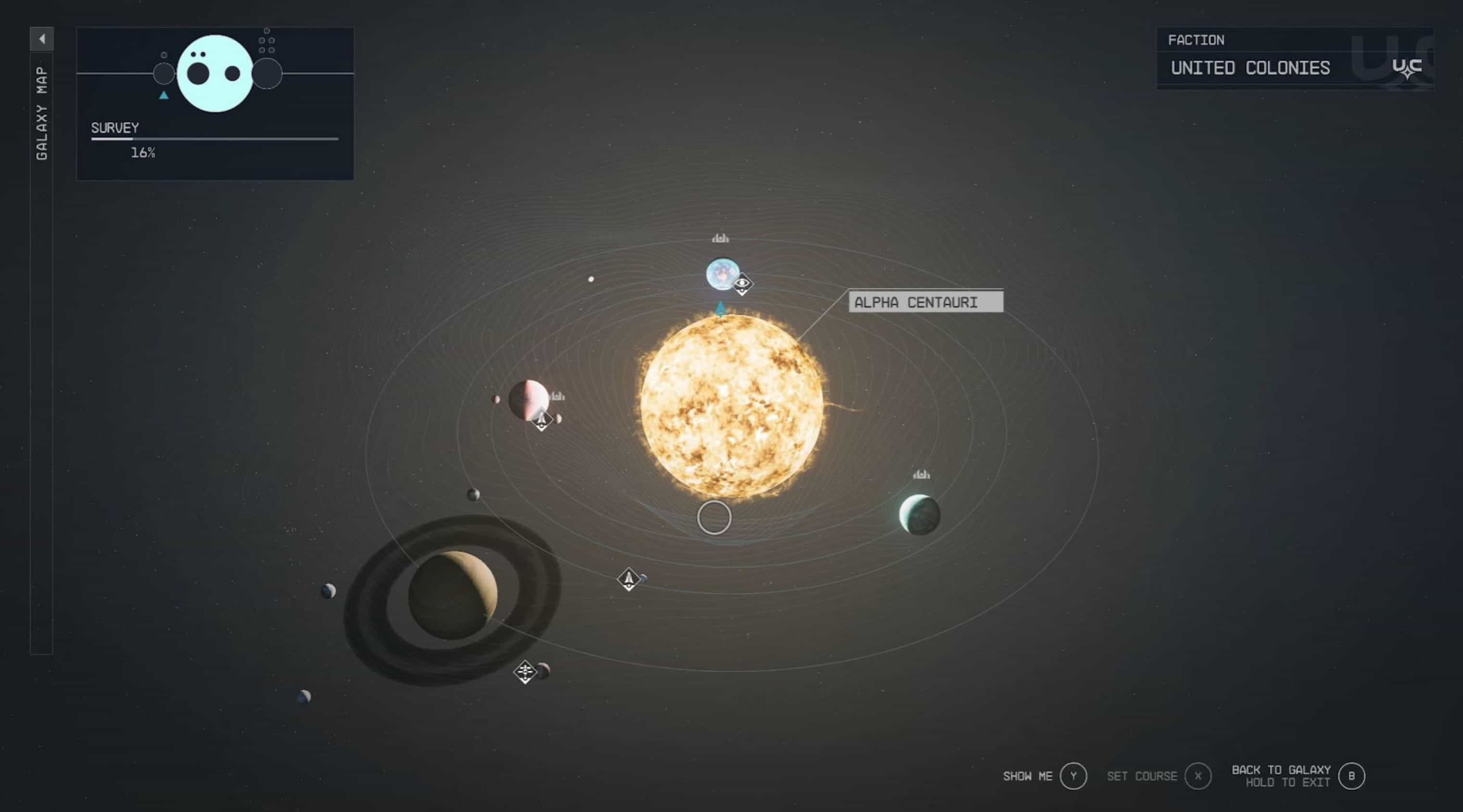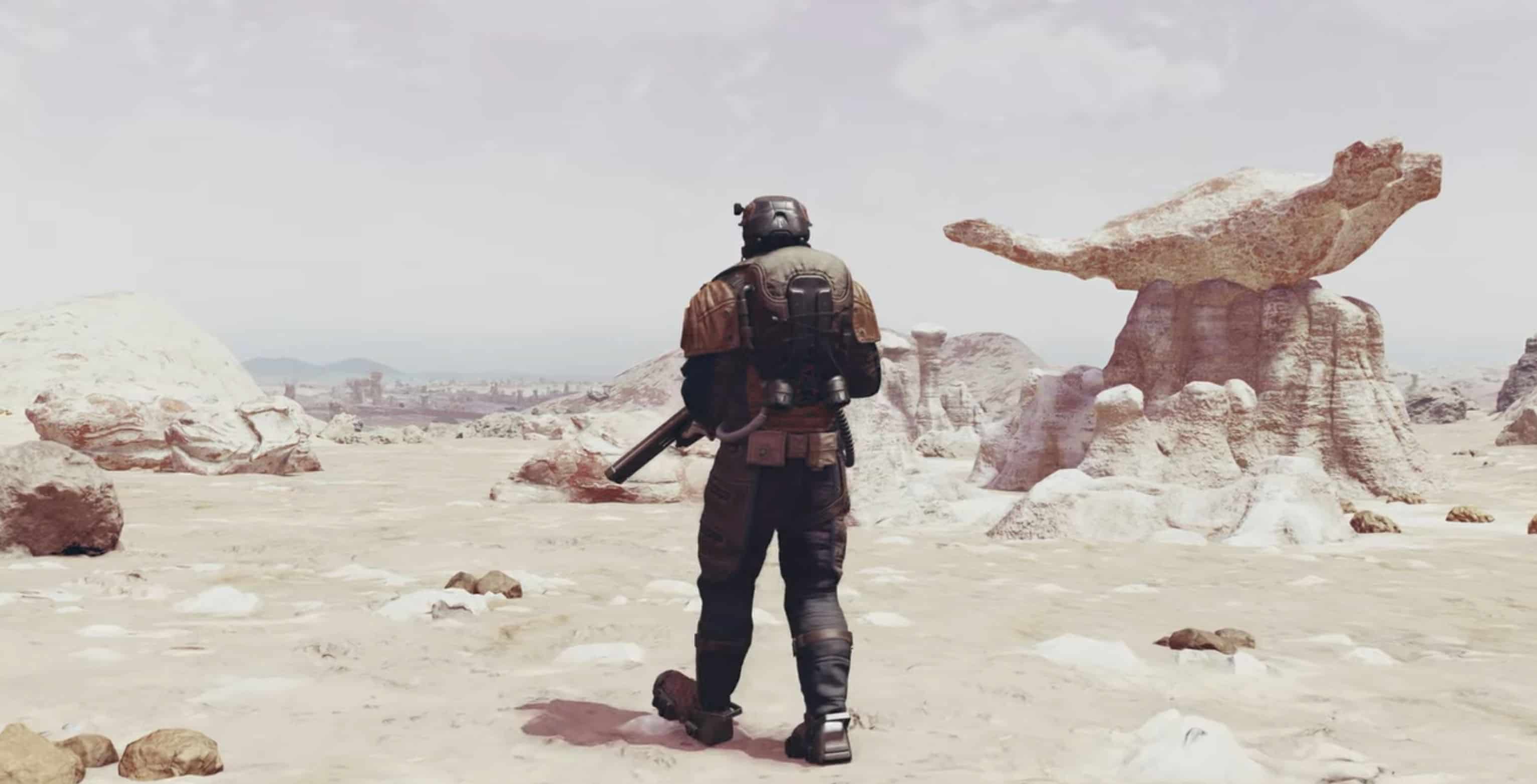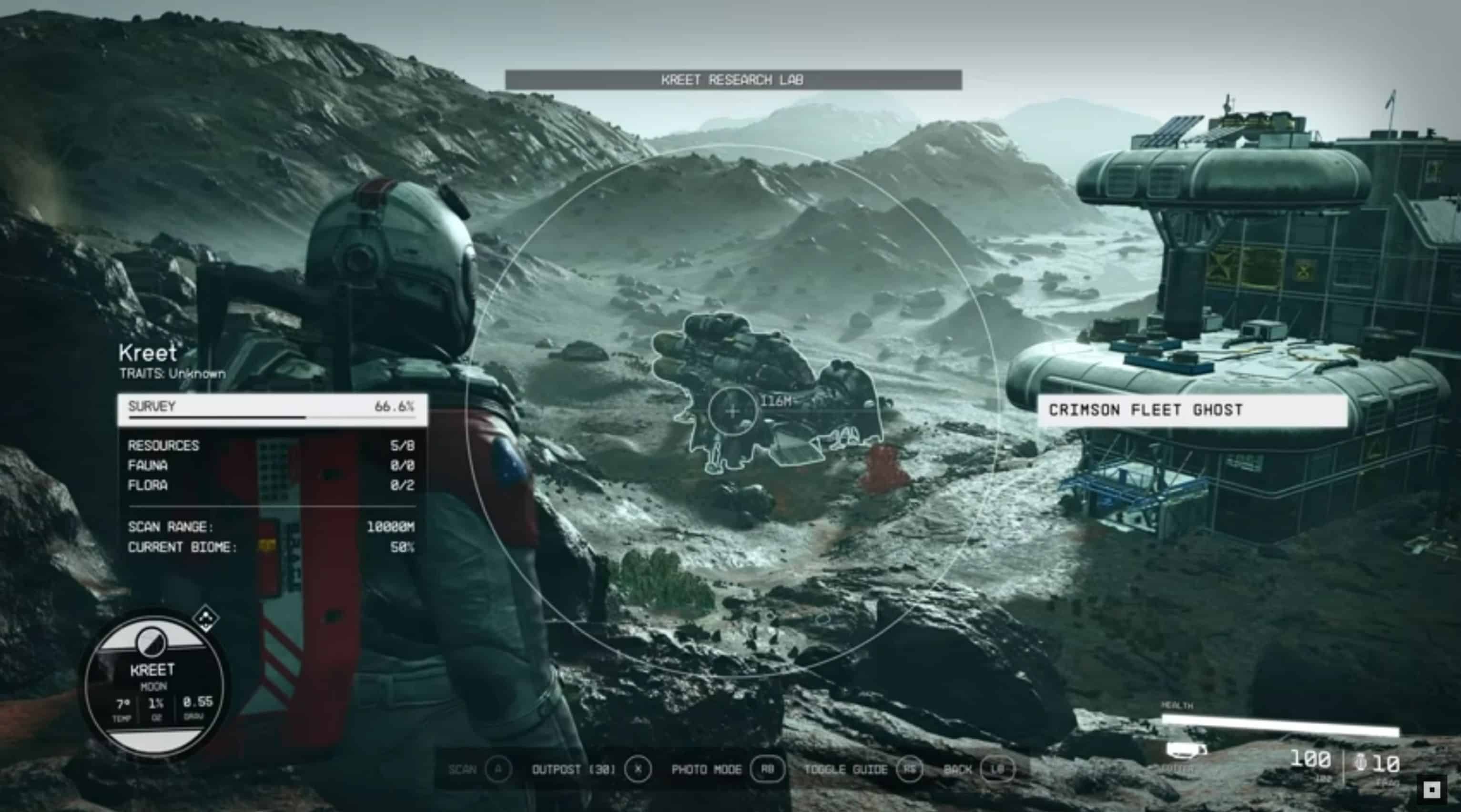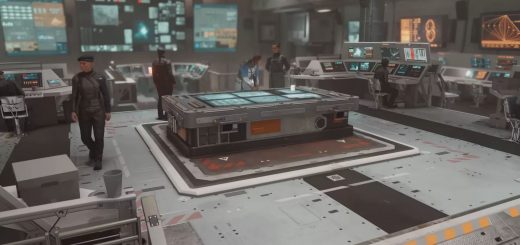


Understanding the Settings of Starfield
The allure of the cosmos has always captivated the human imagination, with milestones like the moon landing solidifying our fascination with space. This intrigue has translated to popular culture, with franchises like Star Trek and Star Wars captivating audiences and redefining cinematic experiences. As our real-world search for extraterrestrial life intensifies, the virtual realm too offers cosmic adventures, with games like Mass Effect and No Man’s Sky allowing players to chart unknown galaxies. Now, Bethesda’s much-anticipated RPG, Starfield, aims to redefine space exploration gaming by introducing immersive mechanics and a plethora of explorable realms, positioning itself to potentially redefine the boundaries of gaming innovation.
Perfectly capturing the essence of space exploration in games, especially against the backdrop of the Sci-Fi genre’s lofty expectations, is no easy feat. For instance, despite its rich legacy in alien-themed gameplay, Mass Effect Andromeda faced a lukewarm reception, highlighting the genre’s complexities. With the gaming world’s eyes fixed on Starfield, Bethesda faces the monumental task of delivering a landmark title. Yet, the glimpses into Starfield’s universe, from its setting to gameplay mechanics, are already sparking excitement and optimism among gamers.

Starfield Unveils the Vastness of its Cosmic Realm
Bethesda has long been celebrated for crafting vast, immersive worlds, with iconic franchises like The Elder Scrolls and Fallout standing as testaments to their prowess. With Starfield, the developer aims to transcend their past endeavors. With an impressive roster of over 1,000 procedurally generated planets dispersed among more than 100 solar systems, Starfield has ambitions that dwarf even the illustrious depths of Skyrim. While many laud Skyrim as Bethesda’s crowning achievement, it’s compelling to speculate how Starfield, with its expansive cosmic canvas, will stack up against such a revered legacy, especially given Todd Howard’s allusions.
Anticipation for Starfield has been interspersed with moments of patience, as the game has seen two developmental delays. However, for a project with the magnitude of Starfield, a few hiccups are hardly surprising. The narrative of Starfield commences in 2330 within The Settled Systems, marking humanity’s intrepid journey beyond our solar confines. Situated within a 50-light-year expanse from our home system, The Settled Systems are a hotbed of political intrigue, primarily orchestrated by two major factions: the United Colonies and the Freestar Collective.
The story catapults players into New Atlantis, the vibrant heart of the United Colonies. Here, adventurers will align with Constellation, the galaxy’s final bastion of space explorers led by the enigmatic Sarah Morgan. With a mission to unravel cosmic enigmas, this group is fervently pursuing fragments of an alien relic. The player’s odyssey truly ignites upon discovering a shard of this artifact, propelling them on a quest to locate its counterparts scattered across the cosmos, as showcased in the recent Xbox reveals.

Starfield Showcases a Rich Tapestry of Cosmic Terrains and Political Dynamics
The diverse terrains and intricate political backdrop in Starfield set the stage for an enthralling space RPG experience, signifying a potential fresh horizon for Bethesda. To date, eager fans have been treated to glimpses of three distinct planets via Bethesda’s promotional material, each offering a unique environment ripe for exploration. New Atlantis emerges as a dazzling representation of the Sci-Fi genre, drawing parallels with the iconic Star Trek series. This metropolis is characterized by verdant foliage, intricate waterways, and cutting-edge architectural marvels, painting a picture of a city inhabited by the elite. It stands as a beacon of advanced civilization, where the skies are adorned with flying vehicles and towering skyscrapers, embodying the essence of the United Colonies’ capital.
In stark contrast, Akila City, the heartland of the Freestar Collective, exudes a more rustic charm. Compact industrial structures dominate the landscape, enveloped by protective walls shielding its inhabitants from the fierce Ashta – fearsome creatures that are an amalgamation of wolves and velociraptors. Neon, the third planetary gem, has earned its reputation as a hub of leisure and opulence. Initially constructed as a fishing outpost by the Xenofresh Corporation, Neon has flourished into a bustling tourist destination and commercial hotspot by 2330, with the esteemed Ryujin Industries establishing its headquarters there. The planet’s transformation can be attributed to a native fish species with hallucinogenic properties, which gave birth to the sought-after Aurora narcotic.
Starfield’s spacecraft designs lean towards a functional “NASA-punk” aesthetic, prioritizing utility over sleekness, making the most of every available space. Beyond its visual appeal, the game’s narrative is intricately woven with political tensions, as the two dominant factions grapple with the aftermath of a civil war. The universe also houses a spectrum of other groups, from pirates to fervent religious sects, ensuring a rich tapestry of gameplay encounters. After the challenges faced with Fallout 76 and Fallout 4, Bethesda is heavily investing its hopes in Starfield. Its vast terrains, both in terms of nature and politics, promise a treasure trove of experiences for gamers. And with a reported 10% of the game’s planets teeming with extraterrestrial life, players are set for an exhilarating journey uncovering the mysteries of the expansive cosmos.





